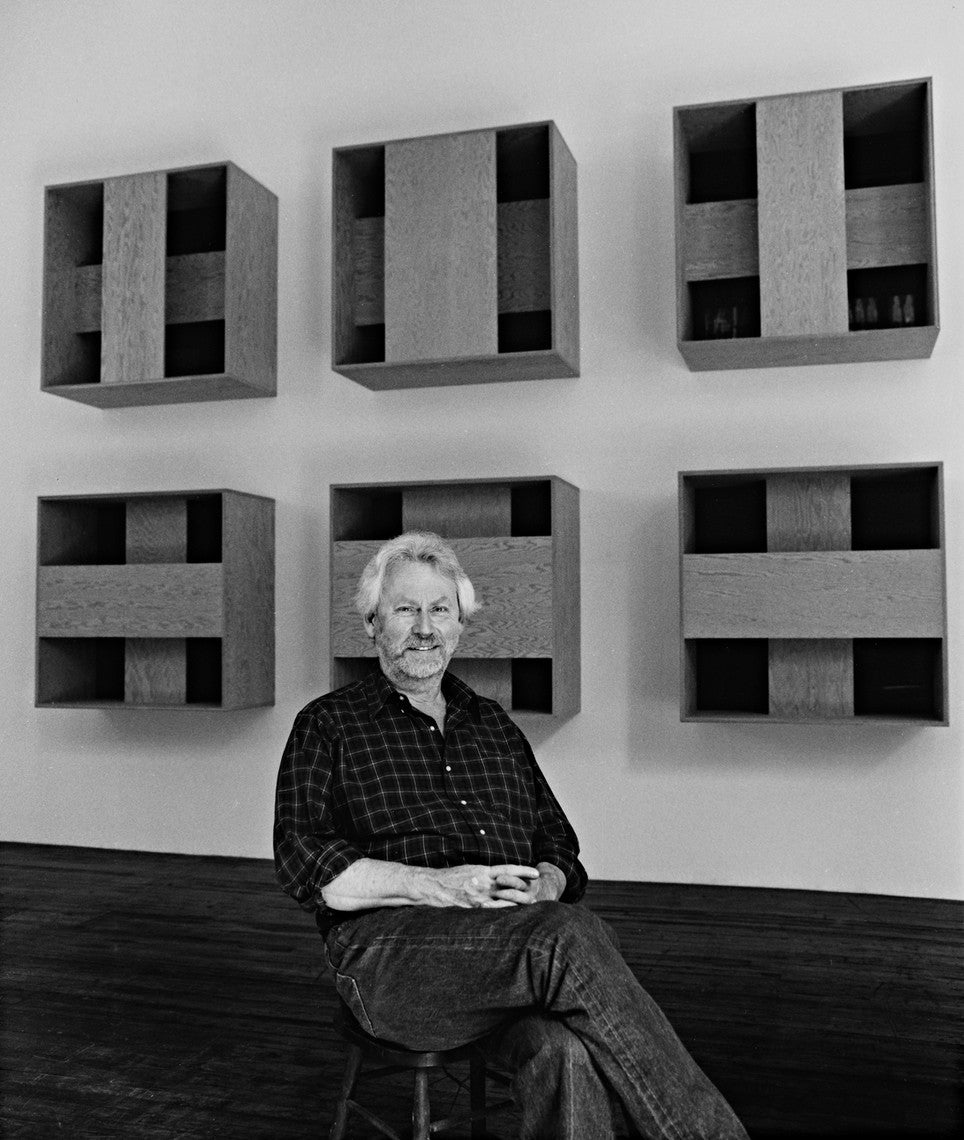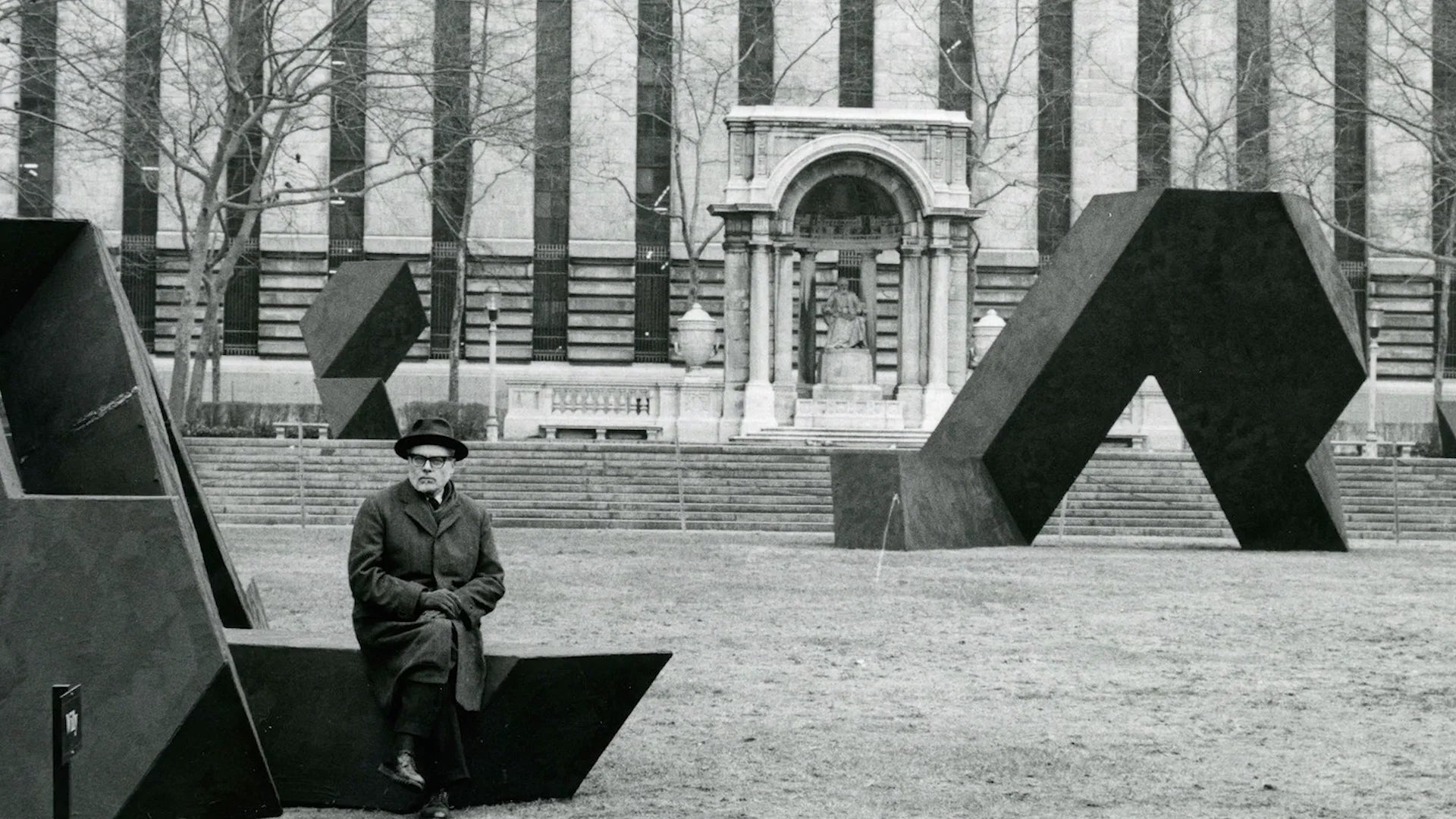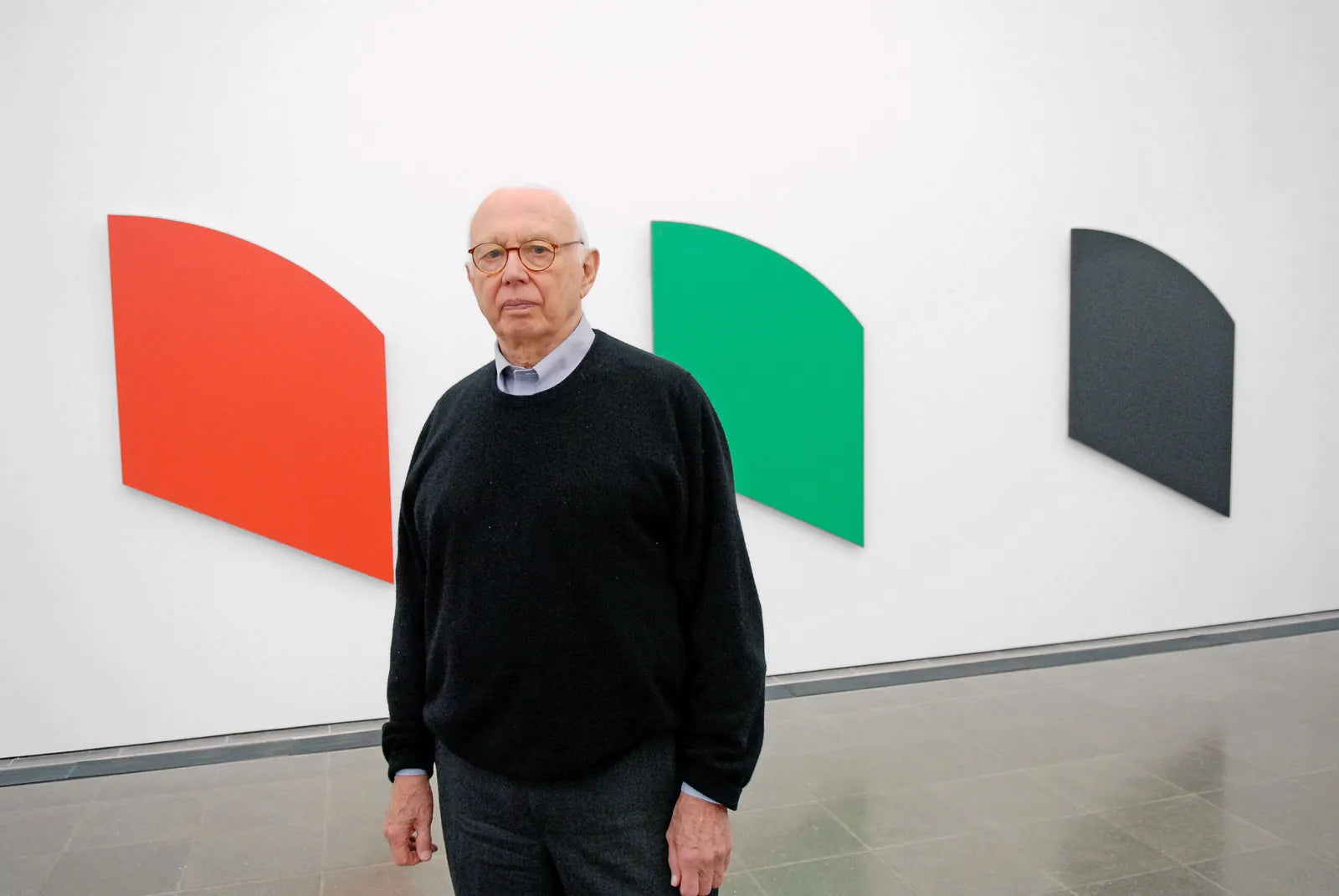
Minimalism was an artistic movement that emerged in the 1960s, characterized by the search for extreme simplicity in art. This movement emphasized reduction to the essence, eliminating decorative, narrative or expressive elements, resulting in extremely simplified works of art, often composed of simple geometric shapes and pure colors. Minimalism sought to convey beauty and meaning through minimal artistic intervention, inviting the viewer to contemplate the purity of form and color.
Minimalism is much more than a simple stylistic approach to art. It is a philosophy that seeks to simplify, distill and find the essence of visual expression. In the incessant search for simplicity and reduction to its purest state, minimalist artists have challenged traditional artistic conventions and invited us to appreciate the power of visual economy. In this article, we will explore the work of five artists who have left an indelible mark on the art scene with their minimalist approach, revealing how much beauty can be found in simplicity. Get ready for a journey through the world of contemporary art, where less is more and depth is found in the absence of excess.
Donald Judd

Donald Judd, one of the most influential names in 20th century minimalist art, left a lasting mark on the world of contemporary art with his creations that challenged norms and redefined the aesthetics of minimalism. Donald Judd (Missouri, b.1928) rose to become an icon of the artistic avant-garde, known for his relentless pursuit of simplicity, purity and a profound exploration of the relationship between form, space and the viewer.
Donald Judd began his artistic journey as an abstract expressionist painter, but soon abandoned that style in search of a purer, more objective aesthetic. His experiences as an artist and critic have shaped his unique approach to minimalist art. He was influenced by other great artists, such as Kazimir Malevich and Piet Mondrian, whose works also explored the reduction of art to essential shapes and colors.
One of the most striking characteristics of Donald Judd's work is his rejection of any unnecessary or subjective elements in his creations. He believed that art should be appreciated for its own physical and material presence, without the need for interpretation or narrative. His minimalist sculptures consist of simple geometric shapes, often made from industrial materials such as stainless steel or aluminum, and are arranged in installations that explore the relationship between the forms, the surrounding space and the viewer.
Donald Judd also pioneered the idea that the space where art is displayed is as important as the work of art itself. He challenged conventional norms of displaying art in galleries and museums, creating installations that were specially designed for the spaces in which they would be displayed. His works transformed the surrounding environment, inviting the viewer to interact with the space in new and meaningful ways.
Donald Judd's radical approach to minimalism challenged the boundaries of sculpture and installation, inspiring generations of artists to explore simplicity and the relationship between form, space and viewer. Donald Judd, a true master of minimalism, left a lasting legacy that continues to inspire and provoke reflection on the nature of art and aesthetics.
Tony Smith

Tony Smith, one of the pillars of minimalist art and contemporary sculpture, left an indelible mark on the history of 20th century art. Tony Smith (New Jersey, 1912) stood out for his unique and innovative approach to creating works of art that challenged convention and explored the dimensions of space, form and simplicity.
Tony Smith's artistic career began as an architect and designer and this training had a profound impact on his approach to sculpture. He worked as an assistant to Frank Lloyd Wright, one of the most renowned architects of the 20th century, which exposed him to ideas and concepts that would later influence his own creations. His architectural background is evident in his sculptures, which often feature abstract geometric shapes and a meticulous attention to proportion and space.
One of Tony Smith's most notable contributions to contemporary art is his exploration of radical minimalism. His sculptures often consist of simple, geometric shapes such as cubes, cylinders and tetrahedrons. However, the apparent simplicity of his works hides a complexity that is revealed when the observer interacts with them.
Tony Smith believed that basic geometric shapes were the most universal and therefore capable of communicating more directly and impactfully with the public. His sculptures challenge the viewer to explore the space around the work and reflect on the relationship between form, material and the surrounding environment.
His pioneering approach to minimalism and sculpture has left an indelible mark on contemporary art, reminding us that the simplicity of geometric shapes can contain surprising depth.
Tony Smith's legacy is rooted in the idea that art doesn't have to be complex to be impactful; on the contrary, it is often in simplicity that we find lasting beauty. His work continues to inspire artists and viewers to explore the dimensions of space, form and sculpture in a way that transcends the boundaries of conventional art. Tony Smith, a visionary of minimalism, continues to challenge and captivate those who seek the essence of artistic expression.
Robert Morris

Robert Morris (Missouri, b.1931) began his artistic career as a painter, but soon moved away from traditional painting to explore new artistic territories. It was in sculpture and the creation of three-dimensional objects that Robert Morris found his artistic voice. His search for essential, unornamented forms took him to the heart of minimalism.
Robert Morris's approach to minimalism was radical and provocative. He rejected the conventional notion of sculpture as a monumental, autonomous object and instead began to create works that challenged the very definition of sculpture. His famous work "Box with the Sound of Its Own Making", from 1961, is a striking example of this approach. It is a closed box containing the tools and materials he used to build it, challenging the traditional idea that a sculpture must be a visible and tangible form.
Robert Morris also excelled in the exploration of space and perception. His sculptures often featured simple geometric shapes, such as cubes and prisms, arranged to interact with the surrounding space. It challenged the viewer to consider not only the shape of the sculpture, but also how it occupied and transformed the space around it.
Robert Morris' work played a pivotal role in defining minimalism as an artistic movement that questioned the fundamental premises of art. His radical and experimental approach influenced many subsequent artists and expanded the boundaries of sculpture and art in general. Through his exploration of simplicity, form and space, Robert Morris left a lasting legacy that continues to be studied and appreciated as one of the most important milestones in the history of minimalism and contemporary art. His works challenge our conventional understanding of art, inviting us to reflect on what is essential in artistic creation and aesthetic experience.
Agnes Martin

Agnes Martin (Canada, 1912) began her career as an abstract painter, but it was in minimalism that she found her true artistic voice. His move to the United States in the 1940s marked the beginning of his search for simplified shapes and lines that would culminate in his singular contribution to minimalism.
Agnes Martin's paintings are notable for their highly minimalist approach, having focused on creating subtle and delicate grids, lines and geometric shapes. His color palette was often composed of soft, pure tones such as white, gray and pale blue. This visual simplicity conveyed a feeling of tranquility and contemplation.
Agnes Martin expanded the understanding of this movement, bringing a more spiritual and introspective dimension to the minimalist aesthetic. He believed that his paintings were an expression of inner emotions and moods. His creative process was a search for simplicity and perfection, a way of meditating on peace and serenity.
His work has influenced many other minimalist and contemporary artists, inspiring them to explore simplicity and serenity in their own creations. Agnes Martin is remembered as one of the great masters of minimalism, not only for her technical and visual skill, but also for her ability to convey emotion and introspection through simple shapes and colors. His work reminds us that minimalism is not just a matter of visual reduction, but also an opportunity to seek beauty and peace in its purest form. His contribution to minimalism is a testament to the depth that can be found in simplicity and contemplation in art.
Ellsworth Kelly

Ellsworth Kelly (b.1923) began his artistic career as a painter, but soon moved away from the abstract expressionism prevalent at the time in search of a purer, more geometric aesthetic. It was during his stay in Paris in the 1950s that he developed his characteristic style and began creating works that explored geometric abstraction, simplified form and vibrant color.
Ellsworth Kelly's works are notable for their simplicity and rigor. He often created paintings and sculptures that consisted of abstract geometric shapes such as squares, rectangles, circles, and arcs. Their colors were flat and saturated, often applied in a single layer without shadows or complex textures. This resulted in works that celebrated the purity of form and color, without distractions.
Although Ellsworth Kelly did not consider himself a minimalist artist in the strictest sense, his work was instrumental in shaping the movement. His explorations of simple shapes and pure colors laid the foundation for many fundamental principles of minimalism. He challenged the idea that art needed to be complex to be meaningful, demonstrating that simplicity could be profoundly expressive.
Ellsworth Kelly left a significant legacy in the history of minimalism and contemporary art in general. His emphasis on the harmony of form and color, his rigorous approach, and his ability to create works that provoke a lasting emotional response highlight his role as an influential figure in the evolution of minimalism. His work continues to inspire artists who seek the essence of artistic expression in form and color, reminding us that beauty and depth can be found in simplicity.
